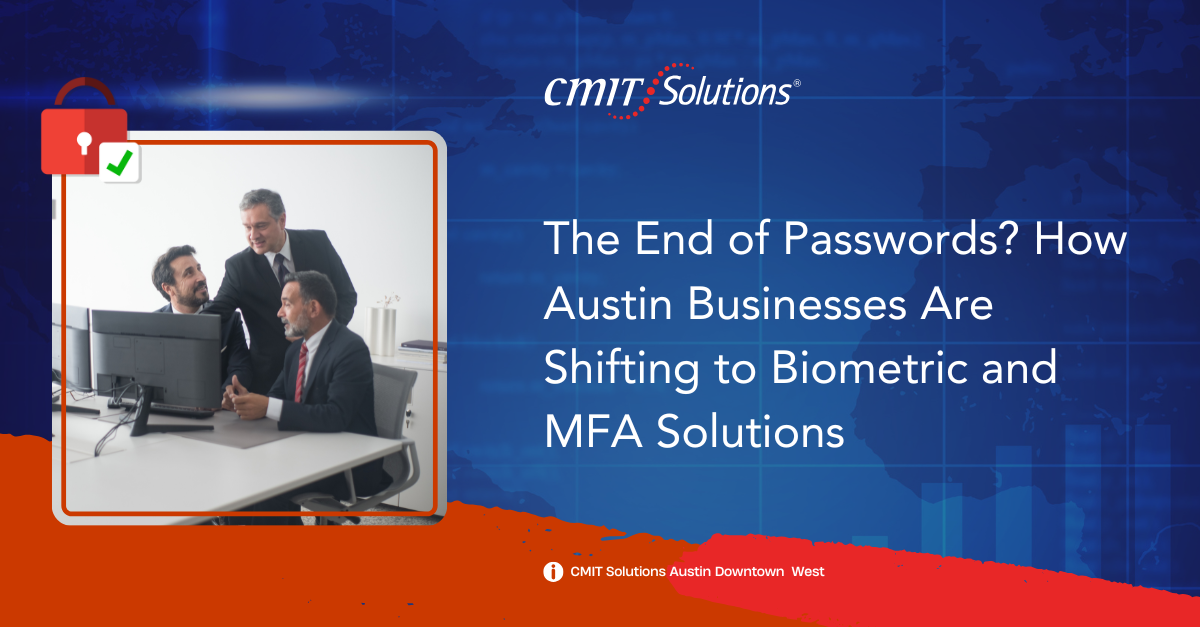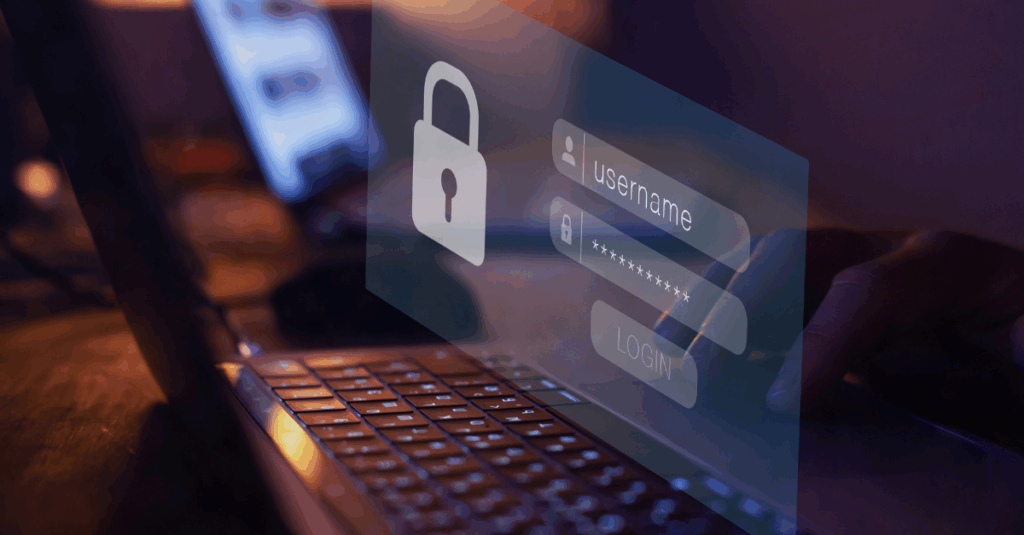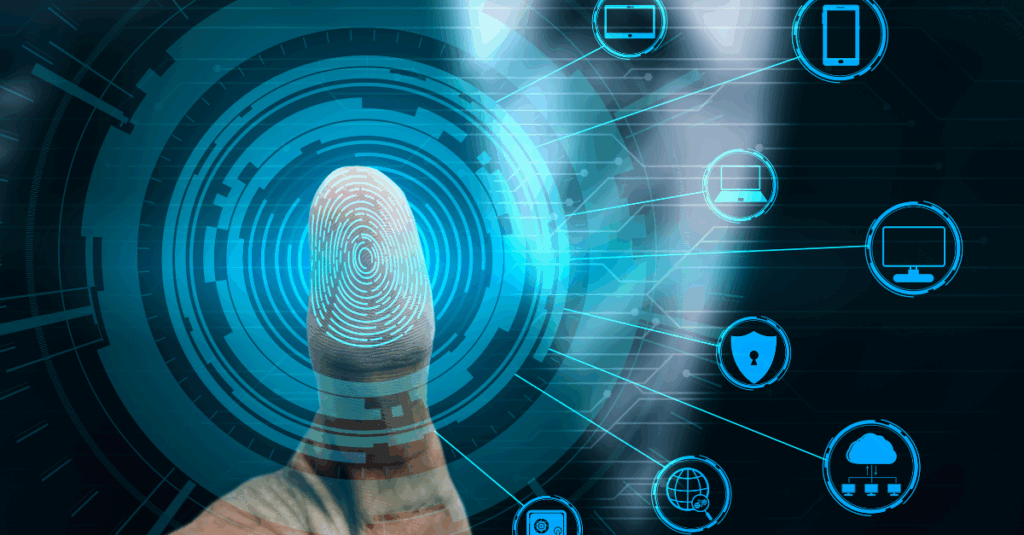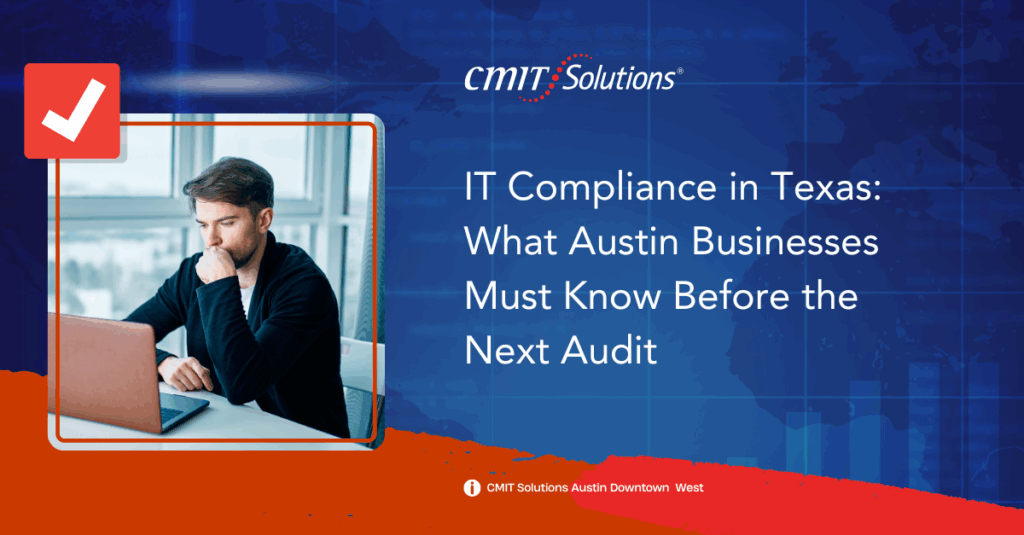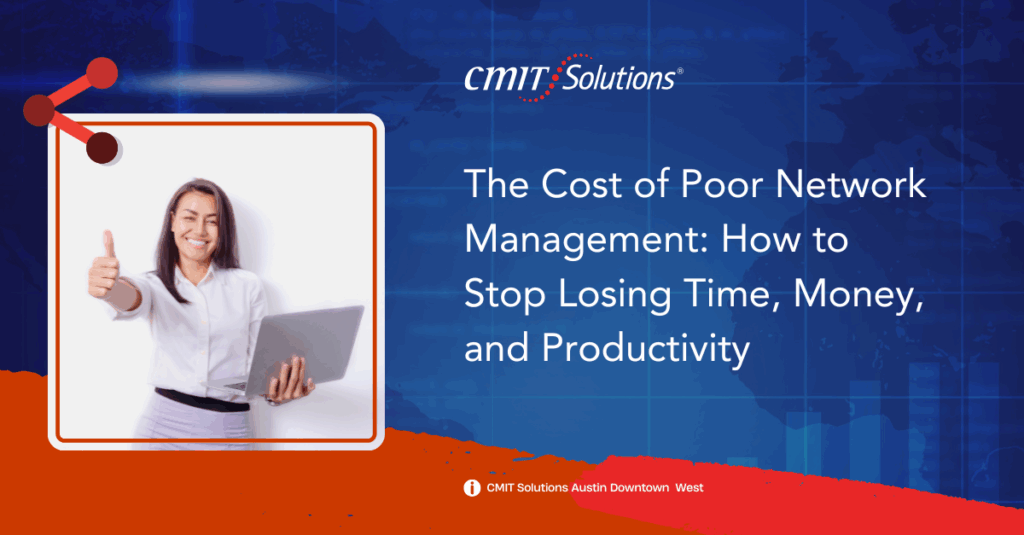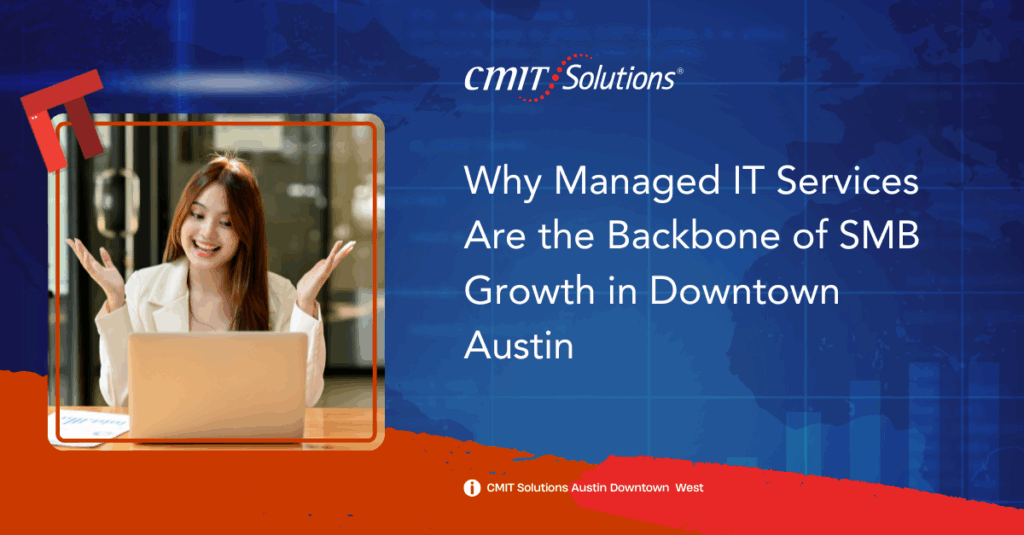Introduction: Why Traditional Passwords Are Failing Austin Companies
Passwords have long been the frontline defense in digital security—but they’re also one of the weakest links. In downtown Austin’s fast-paced business climate, password-based breaches are on the rise. With cybercriminals growing more sophisticated and hybrid teams connecting from everywhere, it’s time for a change.
Biometric authentication and multi-factor authentication (MFA) are quickly becoming the new standard. Local organizations across industries are shifting to these modern security solutions to safeguard their networks, devices, and customer data.
The Risks of Relying on Passwords Alone
Even strong passwords are vulnerable. From phishing to brute-force attacks, hackers exploit reused, stolen, or weak credentials to gain unauthorized access. A compromised password can cost businesses thousands in downtime, data loss, and regulatory fines.
As network vulnerabilities increase, password-only systems no longer provide sufficient defense. Austin businesses need layered security.
What Is MFA and How Does It Work?
Multi-factor authentication requires users to present two or more credentials before gaining access. This might include something you know (a password), something you have (a phone or token), or something you are (a fingerprint or face scan).
MFA implementation adds a crucial layer to your cybersecurity strategy. Even if one factor is compromised, hackers still face major hurdles.
Biometrics: The Future of Authentication in Austin Workplaces
Biometric authentication uses unique biological traits like fingerprints, voice, retina patterns, or facial recognition. These identifiers are nearly impossible to replicate or steal.
Austin businesses in high-compliance sectors like healthcare and finance benefit most from biometrics, ensuring secure, quick, and user-friendly access.
Combining MFA with Biometric Tools
Many companies are integrating biometric technology into their MFA strategy—especially as remote work increases. Face ID, fingerprint sensors, and mobile push authentication enhance both user experience and data protection.
Solutions like these support streamlined communication tools by verifying users before allowing access to shared documents and video meetings.
Compliance Benefits of MFA
Regulations like HIPAA, PCI-DSS, and SOC 2 require strong user verification methods. MFA helps businesses in Austin meet these obligations and pass audits with ease.
Incorporating compliance-centric IT strategies ensures your authentication practices align with industry standards and protect sensitive data.
Reducing Phishing and Social Engineering Risks
Traditional email scams target password credentials. MFA blocks unauthorized logins even if usernames and passwords are stolen. AI-enhanced security tools also flag suspicious behavior in real-time.
For industries like real estate or construction, this defense is invaluable.
Safeguarding Cloud Applications and Remote Teams
Cloud-based platforms—especially for Austin companies with hybrid teams—must be secured with MFA and biometric login. Platforms like Microsoft 365, Google Workspace, and Salesforce all support modern authentication.
Backing this with robust data backup protocols helps recover quickly if unauthorized access ever occurs.
Leveraging AI and Machine Learning for Smarter Access
Modern MFA systems use AI to detect anomalies, block logins from unusual locations, and learn user behavior patterns. This tech elevates your protection against sophisticated threats.
Using AI-powered productivity systems doesn’t just streamline work—it strengthens security.
Supporting Growth Through Smarter Security
As Austin companies scale, secure access management becomes more complex. Future-proofing your infrastructure with biometric and MFA solutions ensures that expansion doesn’t come with greater risk.
By planning for scalability early, businesses can implement authentication protocols that evolve alongside their needs.
The Role of IT Support in Rolling Out MFA
Adopting MFA is more than flipping a switch. Configuration, training, support, and ongoing monitoring are key. That’s why local companies turn to managed IT providers to implement and optimize these systems.
With hands-on deployment and expert support, companies can minimize friction while maximizing adoption.
Conclusion: A Password-Free Future Is Within Reach
The era of passwords is coming to an end—and Austin businesses are leading the charge. From facial recognition to mobile-based MFA, modern security strategies protect digital assets, streamline access, and strengthen compliance.
By investing in biometrics and multi-factor solutions, organizations gain not only security but trust, agility, and long-term peace of mind.

